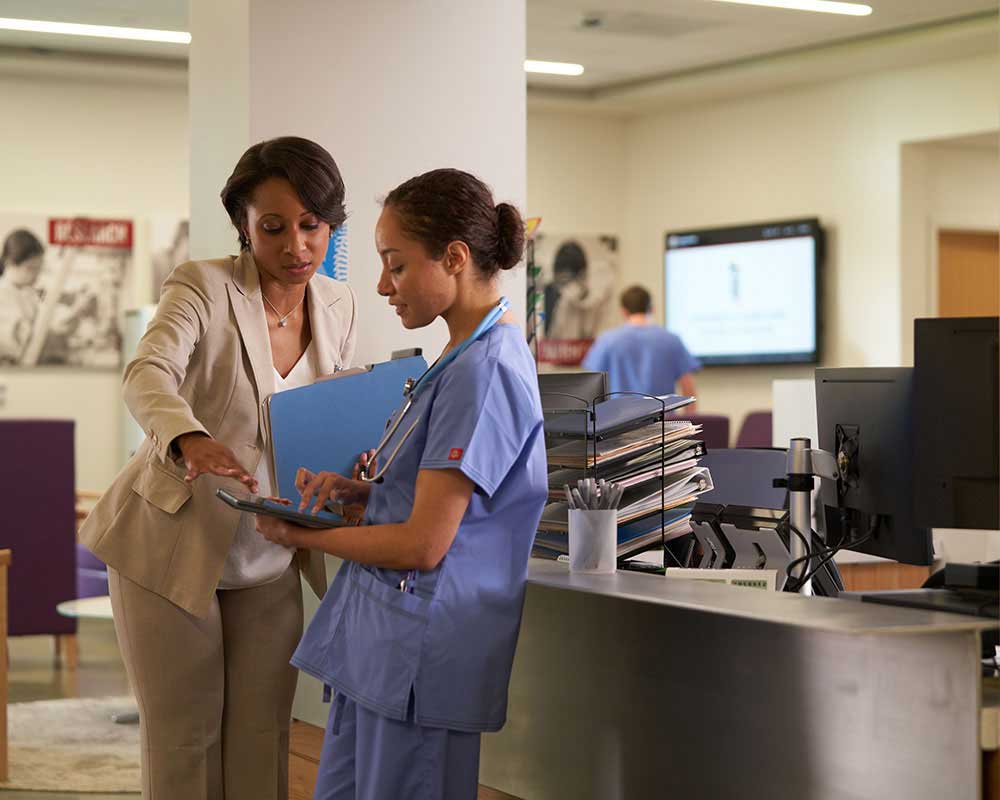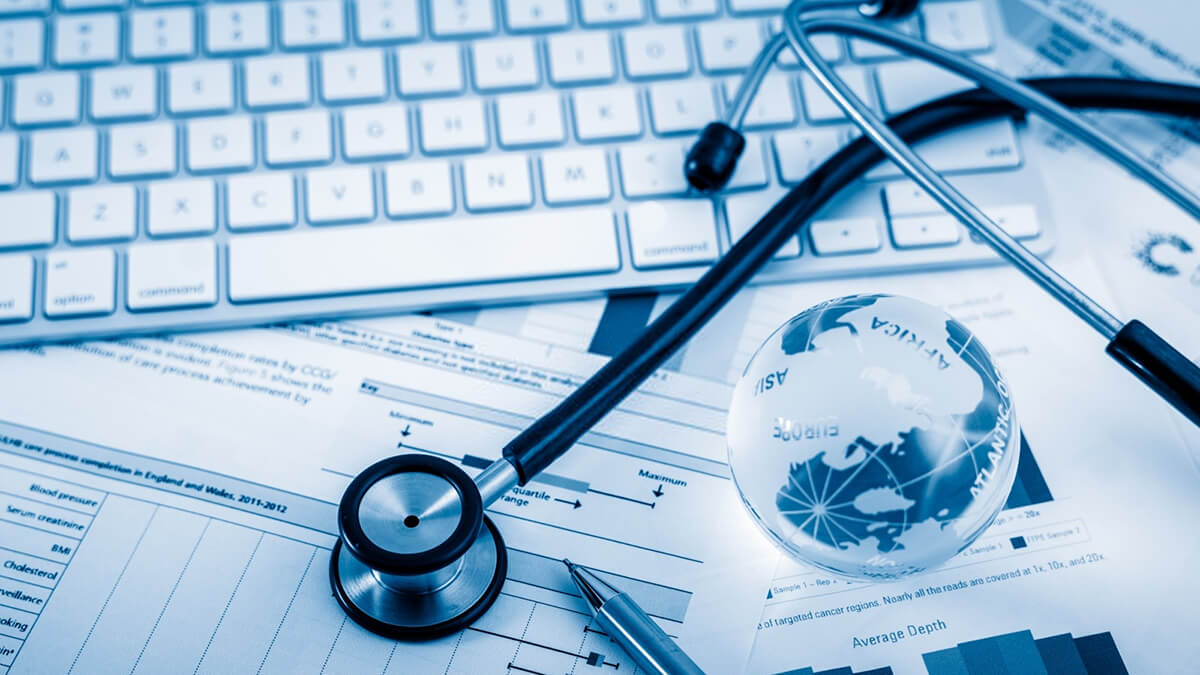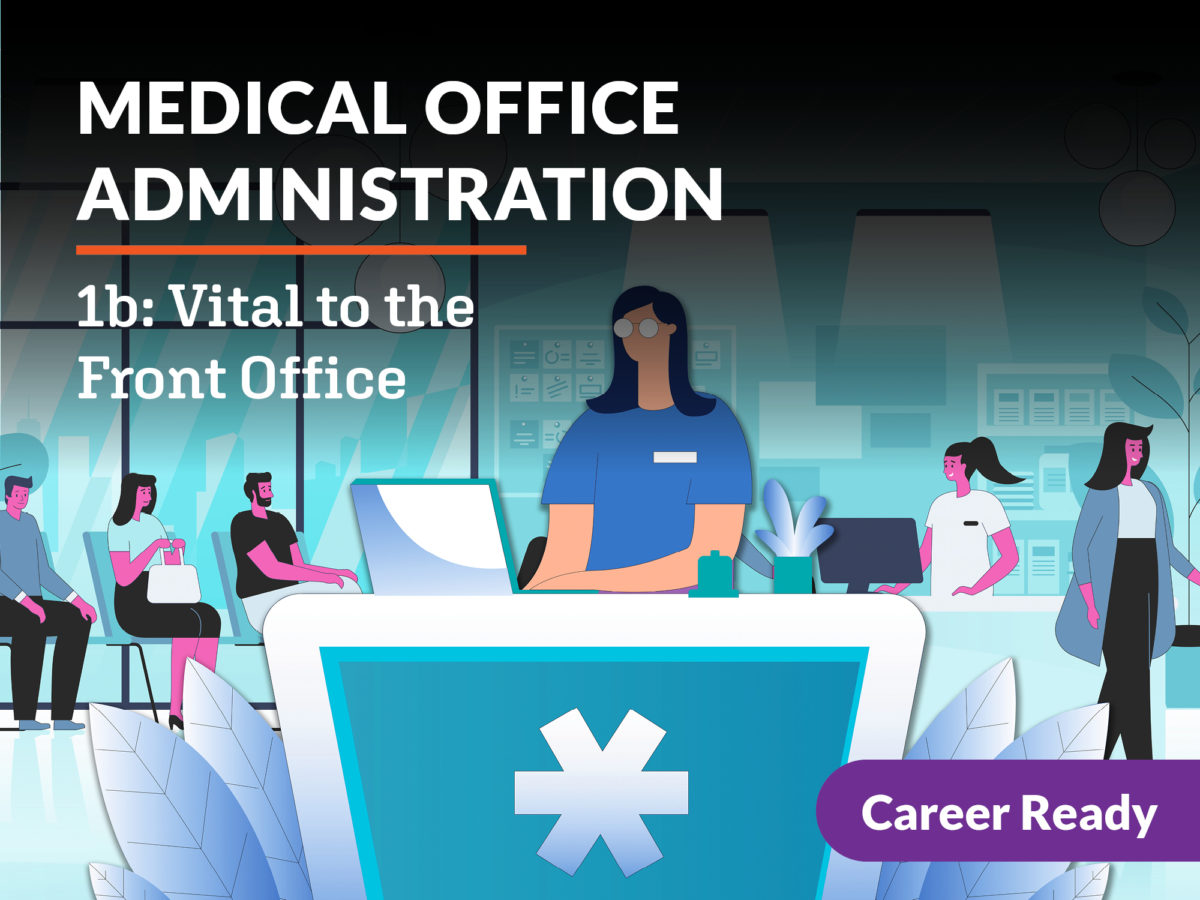Best Practices in Medical Administration for Improving Effectiveness and Reducing Expenses
In the ever-evolving landscape of medical care, the quest of finest methods in medical management is extremely important for enhancing effectiveness and suppressing expenses. By incorporating innovative modern technologies such as digital wellness records and telemedicine, health care service providers can improve procedures and boost patient treatment.
Leveraging Advanced Modern Technology
The combination of electronic options right into healthcare systems has transformed the method facilities operate, streamlining processes and boosting patient care. By centralizing client info, EHRs remove the demand for difficult paperwork and promote smooth communication among medical care carriers.
Telemedicine is an additional technological improvement that has revolutionized person communication. It uses convenience for both individuals and medical care specialists by enabling remote assessments, which can decrease the requirement for in-person visits and maximize consultation scheduling. Additionally, telehealth platforms can expand healthcare access to country or underserved locations, bridging gaps in care shipment.
In addition, using Expert system (AI) and artificial intelligence is ending up being progressively widespread in predictive analytics, enabling early discovery of possible health and wellness problems and more educated decision-making. These technologies, when integrated effectively, can enhance analysis precision and personalize patient treatment plans, inevitably leading to boosted medical care end results and functional performance.
Optimizing Resource Allotment
By strategically handling sources such as workers, equipment, and finances, medical care facilities can significantly boost their functional performance, boost client end results, and decrease unnecessary expenses. The first step in maximizing resource allowance entails carrying out a thorough evaluation of present assets and determining locations where resources might be underutilized or exhausted.
Focusing on resource allowance based on client requirements and solution demands is vital. Executing adaptable staffing models can also optimize labor resources by adjusting employees allowance in reaction to varying client volumes.
Monetary resources must be diligently kept an eye on and designated with strategic insight to support both short-term operational requirements and long-term institutional objectives. This consists of investing in training programs that boost personnel competencies and embracing energy-efficient techniques that decrease operational costs (medical administration). Ultimately, an enhanced source allowance approach promotes a lasting health care environment that is receptive, effective, and economically prudent
Streamlining Operations Processes
When health care centers goal to enhance functional effectiveness, enhancing operations procedures ends up being a crucial emphasis. Effective process decrease redundancy, remove unneeded steps, and boost sychronisation among health care experts. This technique not only speeds up service shipment but additionally boosts the quality of individual treatment.

Following, innovation integration plays a significant duty in streamlining process. Applying digital health and wellness records (EHRs) and electronic medical professional order access (CPOE) systems decreases documents, minimizes human error, and ensures details comes to Source all appropriate workers. Furthermore, leveraging telemedicine platforms can improve individual appointments and follow-ups, reducing the stress on physical infrastructure.

Ultimately, structured operations result in set you back reductions and improved client contentment, cultivating an extra lasting check out here medical care useful source setting.
Enhancing Data Administration
Building upon streamlined operations, maximizing information management becomes a crucial component in progressing health care administration. Reliable data administration systems are crucial for keeping exact person records, enhancing decision-making, and ensuring conformity with regulatory standards. By carrying out robust information administration remedies, healthcare facilities can improve the quality of individual treatment while simultaneously reducing functional expenses.
One key element of boosting information monitoring is the combination of innovative digital health document (EHR) systems. These systems help with the smooth exchange of client information across different divisions, decreasing replication of examinations and decreasing errors. A well-designed EHR system supports data analytics, allowing doctor to identify trends and make informed decisions relating to person care.
Additionally, safeguarding client data is critical. Adopting detailed cybersecurity steps, including encryption and normal audits, guarantees the stability and privacy of delicate information. This not only protects people however also maintains the establishment's reputation.
Spending in team training is one more vital element. Enlightening medical care professionals on data management practices enhances their capacity to efficiently use technology, resulting in improved client results. In final thought, enhancing information monitoring with advanced innovation and extensive training is important for accomplishing effectiveness and cost reduction in clinical management.
Fostering Collaborative Communication
An important element beforehand clinical administration is promoting joint communication among medical care specialists. Effective interaction is vital for guaranteeing smooth patient care, optimizing treatment results, and decreasing mistakes. By motivating open dialogue and coordination across multidisciplinary teams, healthcare organizations can enhance their functional efficiency and minimize unnecessary expenses.
Central to this strategy is the integration of communication technologies such as electronic wellness records (EHRs) and protected messaging platforms, which assist in the rapid exchange of critical patient info. These tools enable healthcare carriers to accessibility and share information in genuine time, making certain that all group members are informed and straightened in their decision-making processes. Furthermore, regular team conferences and interdisciplinary rounds can even more advertise a society of cooperation and responsibility.
Training programs concentrated on boosting communication skills are additionally important. Ultimately, promoting collaborative communication leads to enhanced health care delivery and price financial savings.

Conclusion
Including advanced innovation, such as digital health documents and telemedicine, alongside optimized resource appropriation and streamlined operations procedures, is essential for improving effectiveness in clinical administration. Reliable information management and cultivating collective interaction among health care teams are essential for lessening redundancies and enhancing treatment high quality. By prioritizing precautionary care and participating in top quality renovation initiatives, healthcare companies can accomplish substantial cost savings and boosted patient outcomes, thereby making certain sustainable healthcare delivery in a significantly intricate environment.
Comments on “How to Improve Performance in Medical Administration with Modern Devices”